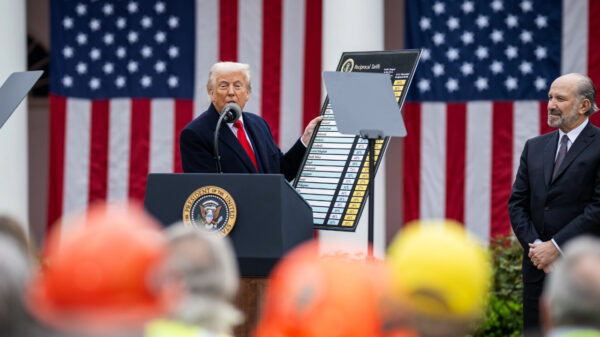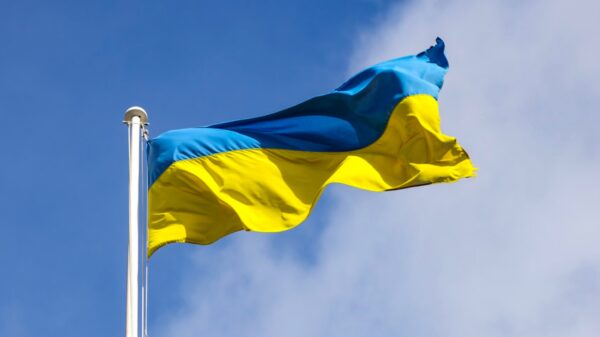Staff Writer Sahar Rabbani discusses the recent summit between China and several Central Asian states, the reincarnation of the Silk Road as Beijing’s Belt and Road Initiative, and the wider global impact this could have.
Xi’an, once the easternmost point of the Silk Road, is witnessing a revival of its historic role as a trade hub following the China-Central Asia Summit that took place on May 18-19.
The summit was announced on the 8th of May, inviting the state leaders of Kazakhstan, Kyrgyzstan, Tajikistan, Turkmenistan, and Uzbekistan, to discuss establishing deeper trade connections. The two-day summit, coinciding with the start of the G7 summit, marked a key step in the westward expansion of China’s Belt and Road Initiative (BRI). The relationship between China and Central Asia was previously an elusive one, where the announcement of the BRI in 2013 set out plans for an eventual crossover in Central Asia, as it began with an official visit to Kazakhstan. The China-Central Asia summit thus marks the first developments in deliberations regarding the development of the BRI, ten years since the announcement of the initiative. The China-Central Asia summit marks a step towards the realisation of the BRI, and potential shifts in the relationships of key global powers as it advances westwards.
Central Asia is a region that rarely has significance on the international stage. Often seen as a backyard to neighbouring Russia, the region has often only held international relevance in its relationship to Russia, particularly with maintaining control over the region’s resources as a means of controlling Russian power, due to its strong post-Soviet regional history. Attempts at establishing trade relationships with the resource-rich region have been avoided due to dominant Russian investments in the region, where ties between Central Asia and Russia have lasted since the Soviet era. However, the Russian invasion in Ukraine has shifted the Kremlin’s attention away from investment in Central Asia, allowing for China to seize the opportunity to establish ties and move towards the realization of the BRI’s regional objectives. Bradley Jardine, the managing director of the Oxus Society for Central Asian Affairs in Washington, D.C., told Al Jazeera that “the Ukraine conflict is more an accelerant of pre-existing trends in the region- the largest of which is China pushing out Russia as the largest hegemon in the region”.
It would be a mistake to characterize the expansion of the BRI as a spontaneous event; instead, it confirms a growing trend of Chinese power accumulation in the region beginning with the chaotic withdrawal of western troops from Afghanistan. The collapse of the US-backed government in August 2021, and the failures of the Doha agreement leading to the subsequent rise of harsh Taliban governance, allowed for minimal contestation of the development of the BRI, as there would be no neighbouring western forces in the vicinity to feel provocation from the Chinese economic expansion in Central Asia. While Chinese-Central Asian deliberations were minimal prior to the summit, China had been in conversation with the Taliban prior to the US withdrawal, and made a point of recognising the Taliban as a “pivotal military and political force” post-facto. In effect, over the last few years, China has carefully orchestrated a power play in the region, now reaping its rewards after striking where opportunities arose within the fault lines of western involvement in international politics.
The trade of goods between the two regions has increased 150-fold in the past 3 decades, with Chinese-Central Asian trade in goods valued at an estimated $70 billion in 2022. Additionally, The Chinese Ministry of Commerce released data last month that revealed a 60% growth in exports to Central Asia in 2022. Russia cannot match these sums, due to the ongoing conflict which is draining their resources, leaving left their Central Asian economic projects stagnant.
The summit leaves the door open to the possibility of a future thickening of economic ties between China and its Central Asian partners, as the development of new localised projects and trade lines under the BRI offer Central Asian republics an opportunity to augment trade flows and grow their labour markets. For Central Asian governments, economic ties with China through such deliberations with Xi imply Chinese support of the current autocratic regimes in the region. This support is likely to disincentivise Central Asian governments towards reforming their governments to gain compatibility with Western models of liberal democracy.
The summit ended with 54 agreements between the involved nations, 19 cooperation mechanisms and platforms, and 9 multi-lateral documents, including the Xi’an declaration. Together, these agreements work towards increasing the exchange of goods, services and cultures across the regions. Overall, it seems evident that the summit has successfully facilitated advancements in the economic developments across the two regions, creating a new, westward, path for Chinese hegemony.
It is unclear what response the West will have regarding the most recent wave of developments in Central Asia. We can assume that this will be clearer once the development projects in Central Asia are underway. Central Asia’s minimal stance on the international stage may allow it to be the best starting point for the BRI to develop before advancing into regions where Chinese presence may be subject to more contestation. Despite being the early stages of developing the BRI, the recent summit was a momentous step towards the realisation of the massive cross-regional project, and marks a point in which Chinese influence has solidified its presence in a new region- the prequel to a shift within the international balance of power.















